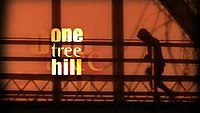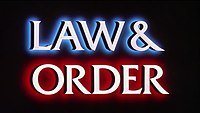Lists
















370 Shows, 91 Movies, 6 Books
shows I want to watch
Sort by:
Recent Desc
More lists by hannah rolen



stuff i like
List includes: Up, Toy Story, Finding Nemo
January 2023
0
@hannahrolen178c8088



dropped
List includes: Brothers & Sisters, The O.C., One Tree Hill
January 2023
0
@hannahrolen178c8088



lowly rated
List includes: King, Red Widow, Last Orders
September 2022
0
@hannahrolen178c8088



rate r or ma
List includes: Mr Selfridge, True Detective, Last Orders
September 2022
0
@hannahrolen178c8088



don't watch
List includes: Seinfeld, South Park, Law & Order
September 2022
0
@hannahrolen178c8088

post 2010 tried and dropped
List includes: Blandings
September 2022
0
@hannahrolen178c8088